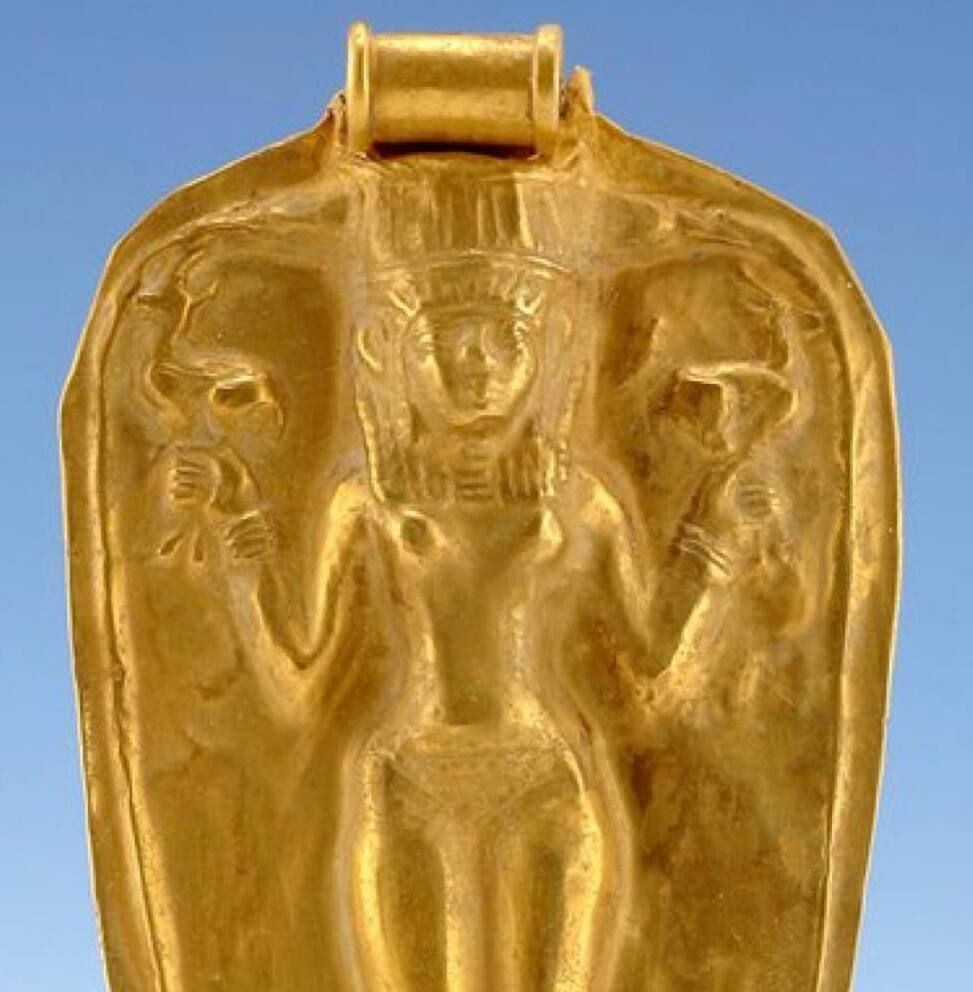
Golden Pendant with the Mistress of Animals Theme Excavated from the Uluburun Shipwreck
Dating back to around 1300 BC, the Uluburun shipwreck stands as one of the most significant archaeological discoveries of the 20th century. Located off the southern coast of Turkey, this wreck likely belonged to a merchant ship that carried a variety of materials from different regions of the ancient world. The excavation has revealed a treasure trove of artifacts, including copper ingots, glass, ivory, amber, and other precious items.
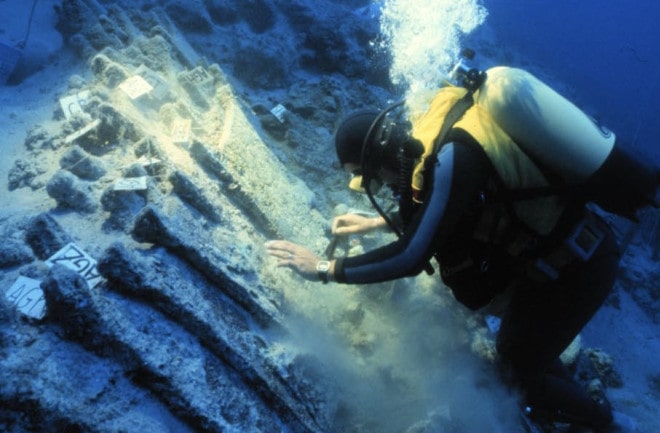
The Golden Pendant: Mistress of Animals
Among the treasures, archaeologists found a golden pendant featuring a female figure, likely a goddess. This figure stands upright and holds an antelope in each hand. This depiction aligns with the “Mistress of Animals” motif, which is common in ancient Near Eastern art.
Crafted with exceptional skill, the pendant highlights the high level of craftsmanship of its time. The intricate details of the figure and the delicate handling of the gold are particularly impressive.
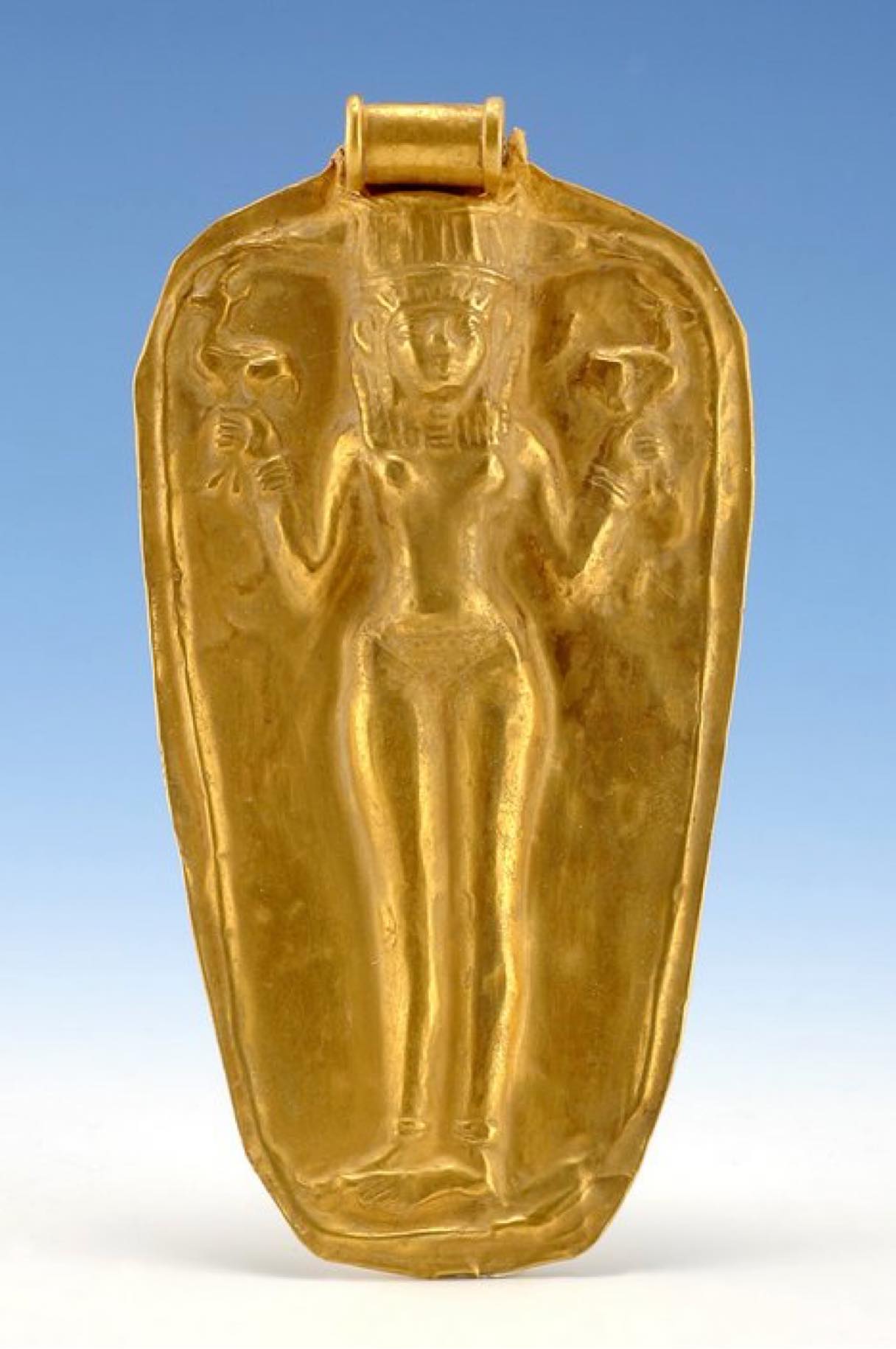
This golden pendant offers valuable insights into the religious and cultural beliefs of the people who created and traded these goods. By depicting the goddess as the “Mistress of Animals,” the pendant suggests a connection to nature, fertility, and possibly divine protection.
Furthermore, archaeologists and art historians continue to study this pendant and other artifacts from the Uluburun shipwreck. Their goal is to gain a deeper understanding of the cultural exchanges and trade networks that existed in the Mediterranean during the Bronze Age. They analyze the style and iconography of the pendant to determine its possible origins and connections to other cultures and religions of the time.
The Uluburun shipwreck and its artifacts, including this stunning golden pendant, provide a unique window into the past. They shed light on the lives, beliefs, and trading practices of ancient civilizations.
You may also like
- Archaeologists Discover 9,000-Year-Old Temple in Jordan Desert
- Sumerian Birth Certificate: One of History’s Oldest Records
- Archaeologists Uncover Unique Auditorium During Excavations in Sicily
- Astonishing 3,000-Year-Old Cave Paintings Unearthed in Brazil
- Ancient Assyrian Tablets: Science Uncovers 7th Century Writing Techniques
- The Mysterious Goddess of Levent Valley: 2800-Year-Old Hittite Goddess Figurine
- Discovery in Romania Reshapes History of Ancient Dacian Presence
- New Study: Climate Change May Have Played a Role in the Fall of the Roman Empire
- The Dazzling Treasure of Kibyra: The Medusa Mosaic Reopens to Visitors
- Stunning 2,500-Year-Old Settlement Discovered in North Macedonia
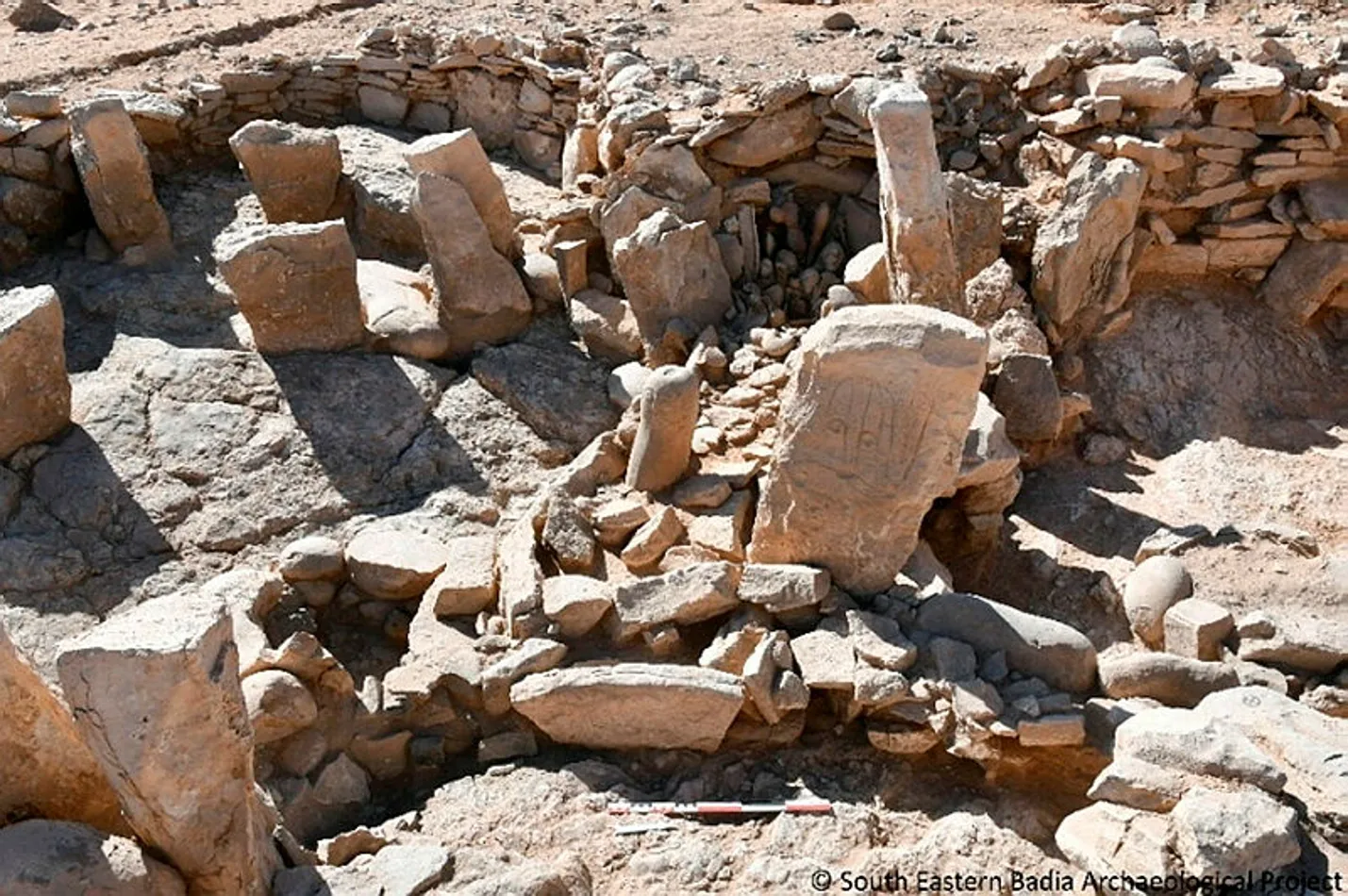
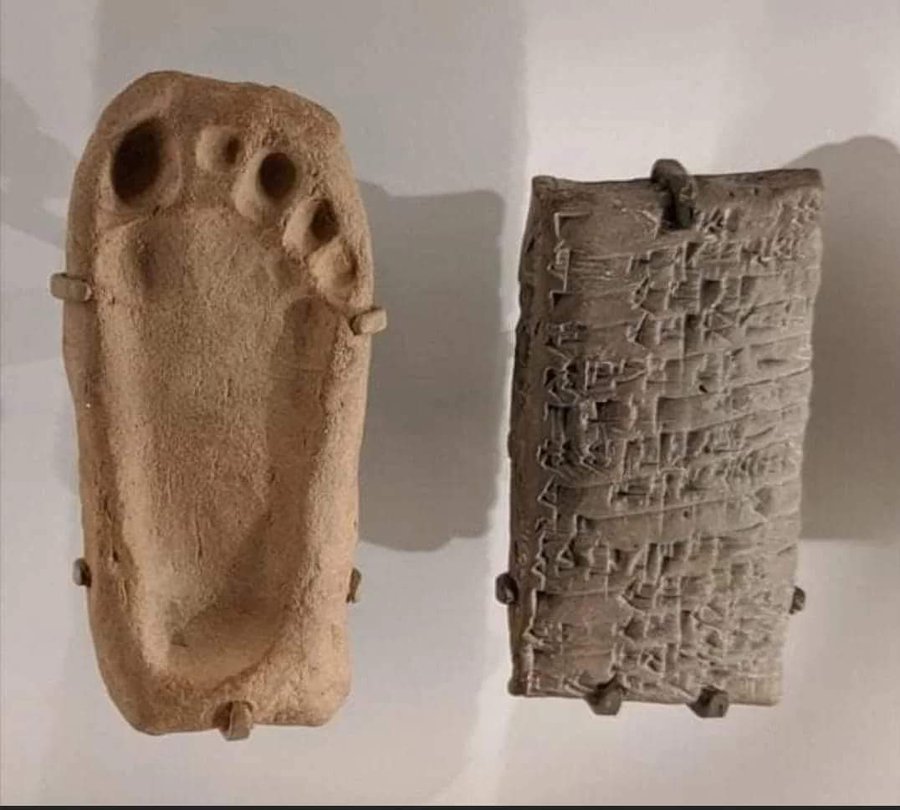
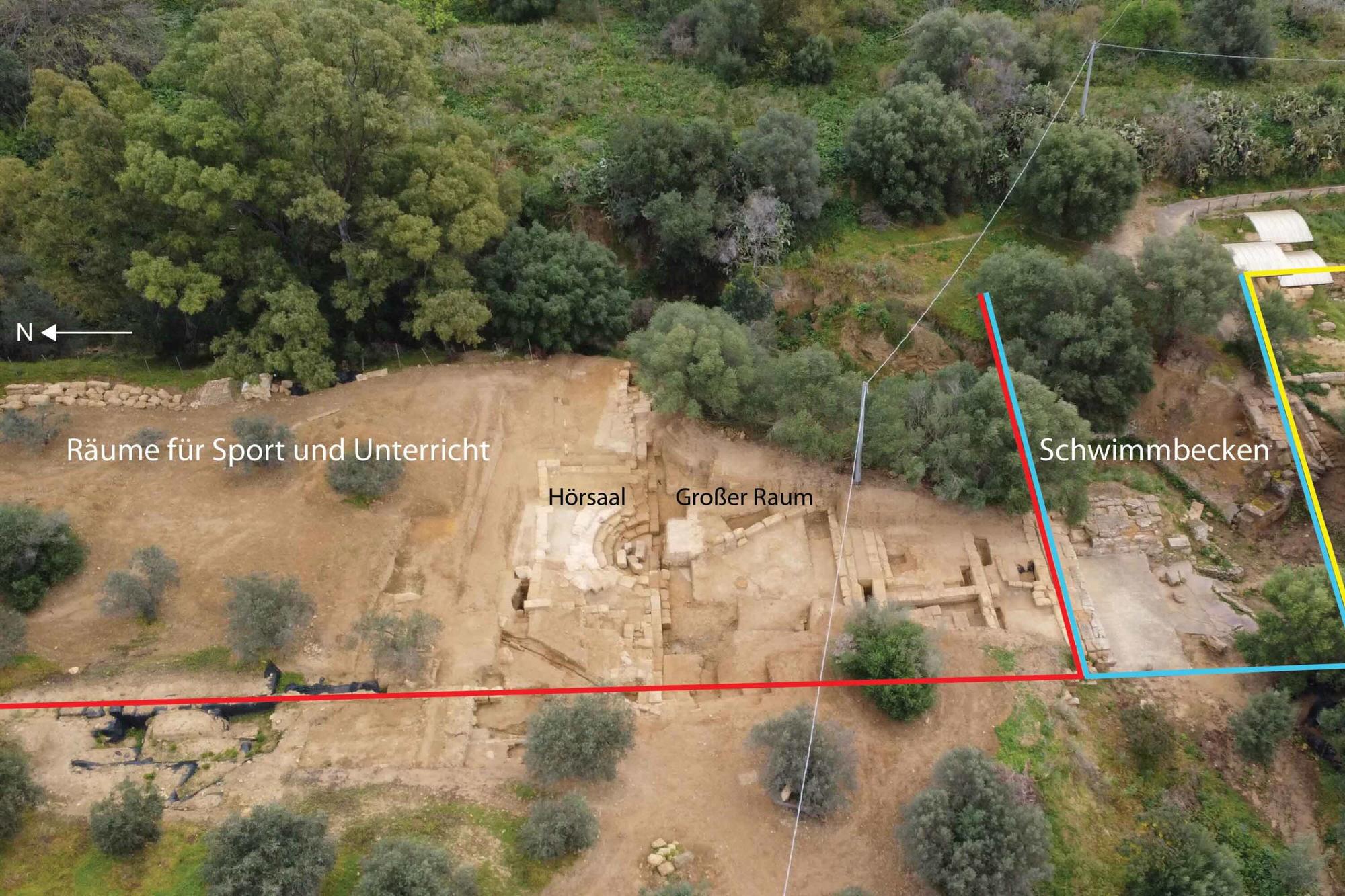

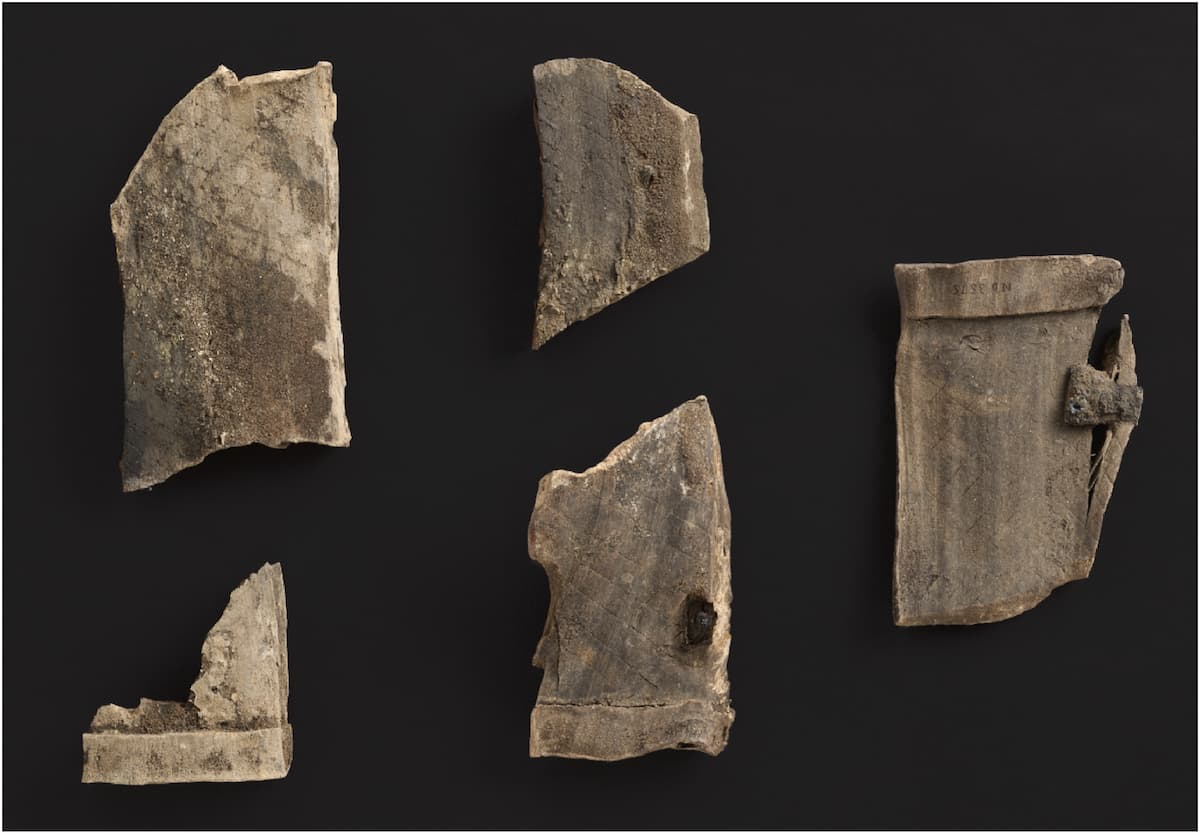
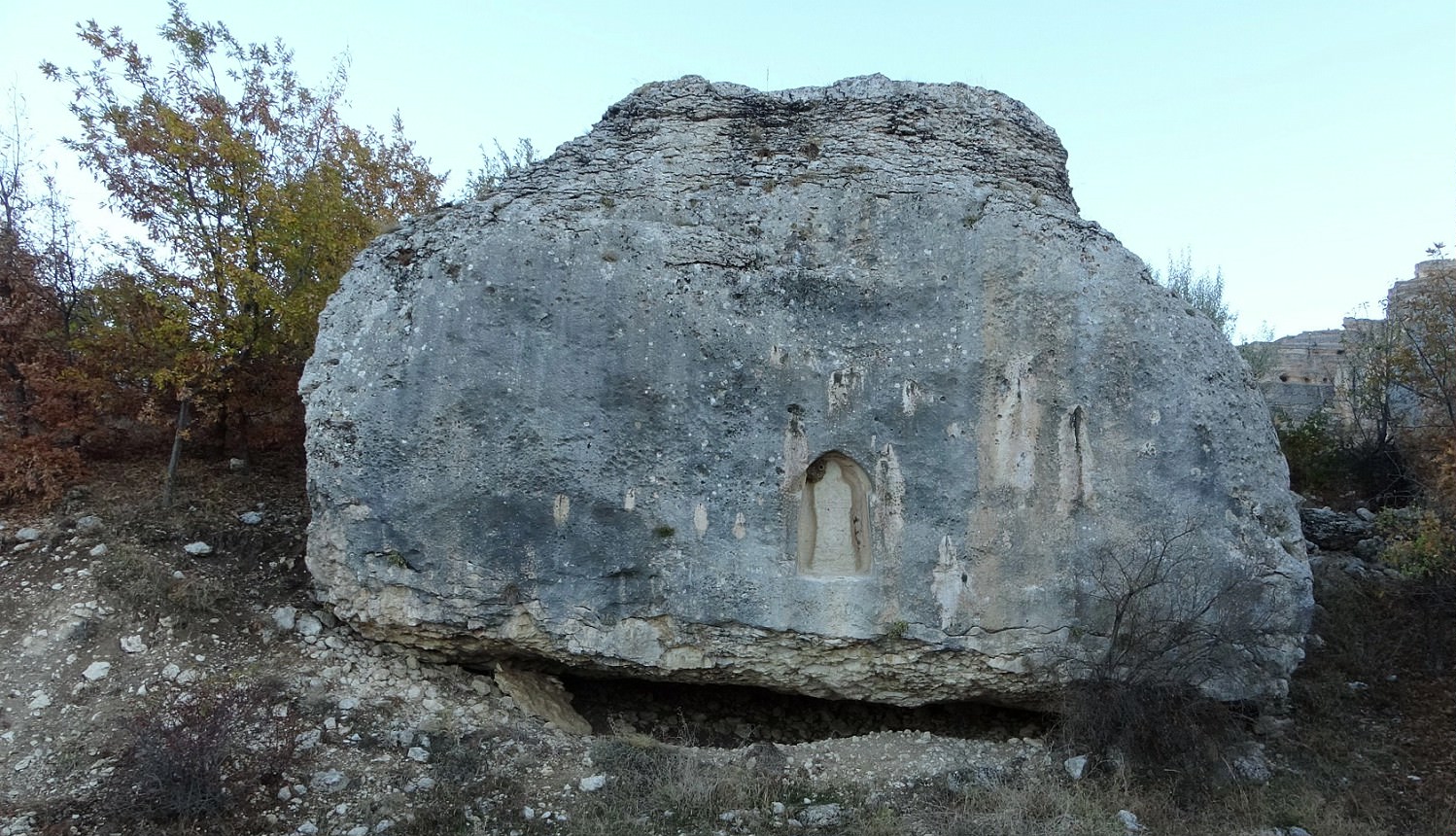



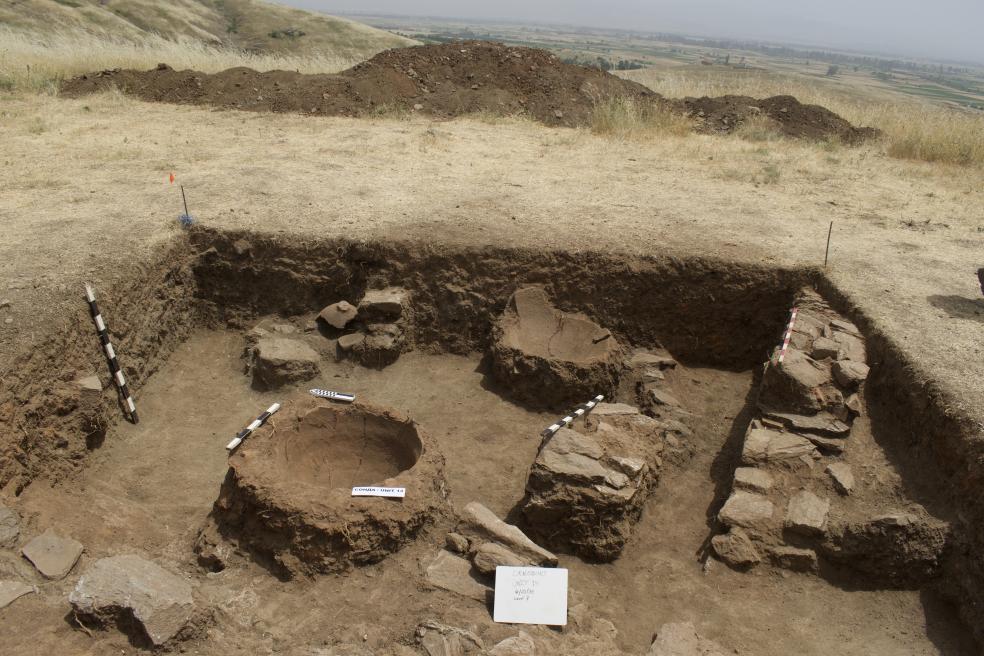
Leave a Reply